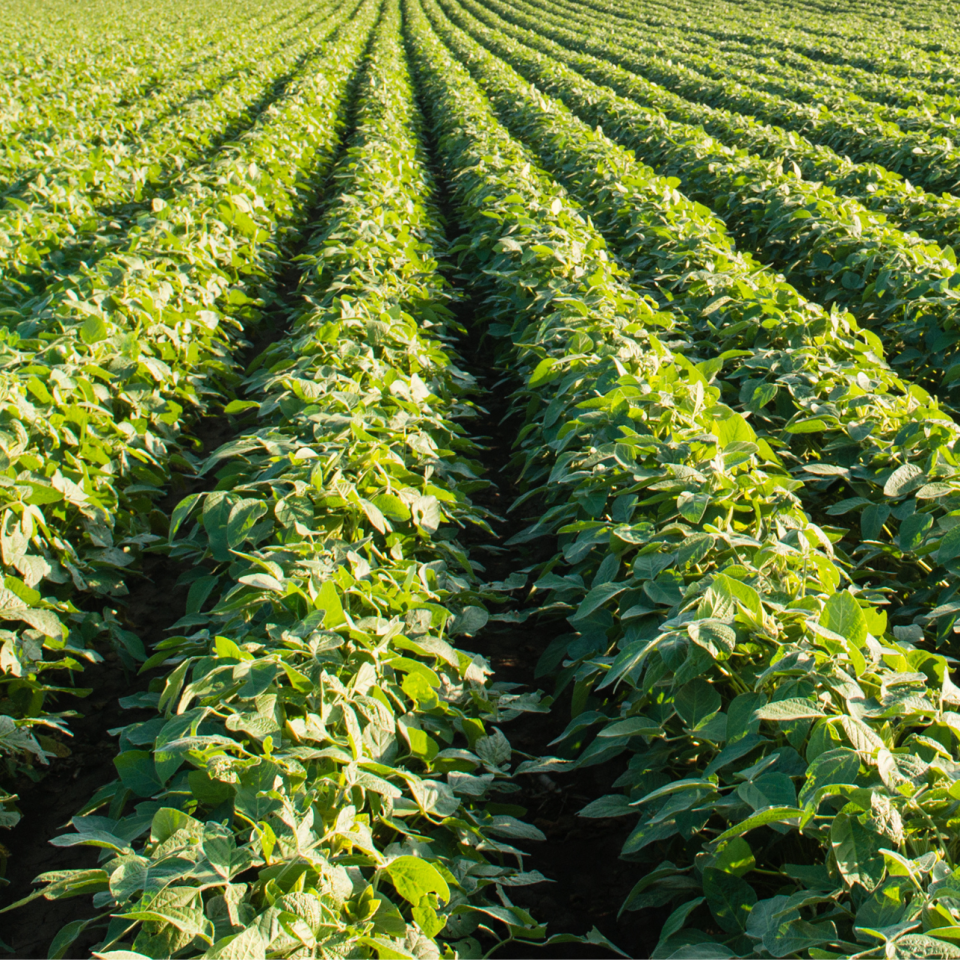
By Chris Dervaric, Sylvite
Sudden Death Syndrome (SDS) of soybeans can be a difficult disease to identify and handle.
This is a yield limiting disease that came up from the U.S.A. roughly 28 years ago; first found in Chatham. SDS is caused by a fungus called Fusarium. Note, that this is a different Fusarium than Fusarium ear rot on corn. There are two phases to this disease, a root rot phase and a leaf scorching phase. Both limit yield.
Symptoms
First off, this fungus overwinters in the soil and in crop residue, and infects the soybean seedling early in the season, especially in cool wet springs as well as in compacted soils. As the soybean plants continue to grow into their late vegetative and early flowering stages the fungus moves up the stem, causing the leaves to yellow and die; eventually falling off. In severe cases, this can leave the plant bare. This can happen quite quickly.
Scouting
Now, the yellowing and dead tissue associated with SDS can look very similar to multiple other leaf diseases. So, scouting for SDS is a 2-part system.
Look at the leaves for yellow spots. Tissue may also die and create holes in the leaves. Leaves themselves may drop while their stems stay attached.
Dig up the roots. Take a knife and cut the taproot up through the stem lengthwise. The “pith” the middle section of the root, will be white but could have grey/tan streaking. Further, are the roots rotting? Is there mold on the roots?
This 2-part system can help you identify SDS quickly in the field. But remember, always take pictures to refer to later!
SDS + Soybean Cyst Nematode
SDS is closely linked to Soybean Cyst Nematode (SCN) infection. This is because as the nematodes feed on the roots, they create an open would for the Fusarium fungus to enter the plant.
Overall, SCN plus SDS does not always equal devastation. The severity of SDS can depend on many factors such as:
- Seed susceptibility
- Weather conditions
- Severity of initial fungal infection
- Severity of SCN infection
Management
Crop rotation is a big part of controlling SDS. So it is selecting a seed that has been treated with fungicide. Further, as much as we don’t want to hear it, planting later in the season has the potential to decrease fungal infections the soil dries and warms-up. This creates a less friendly environment for the fugus to infect the soybean plant.